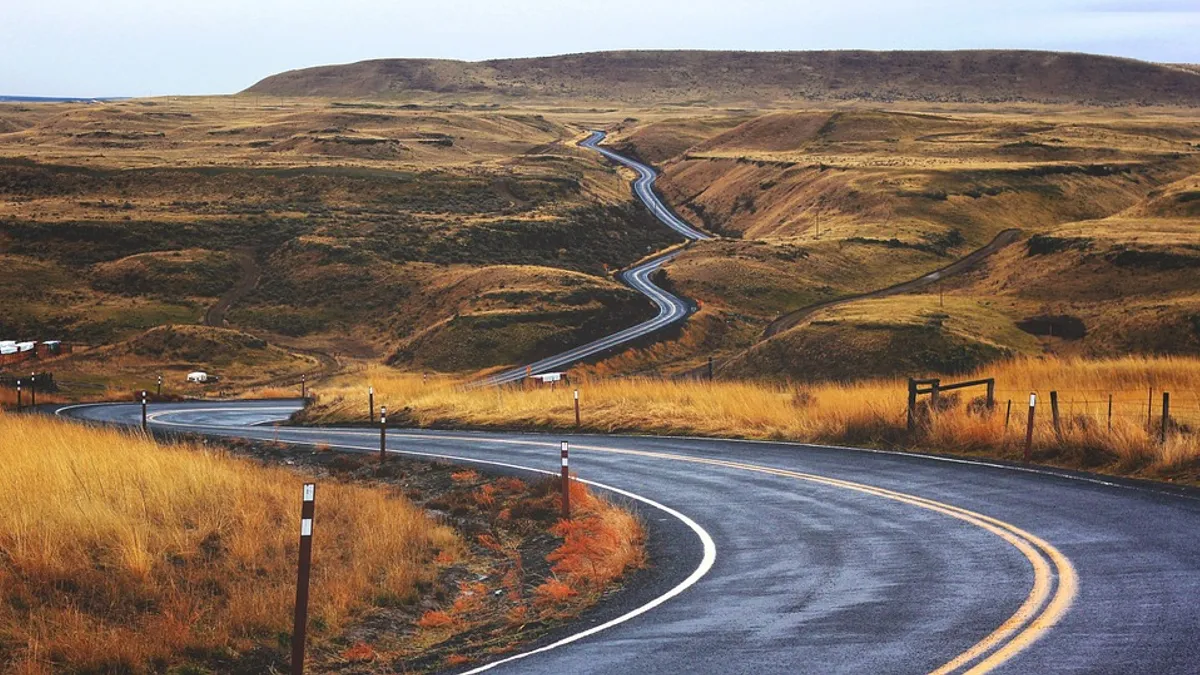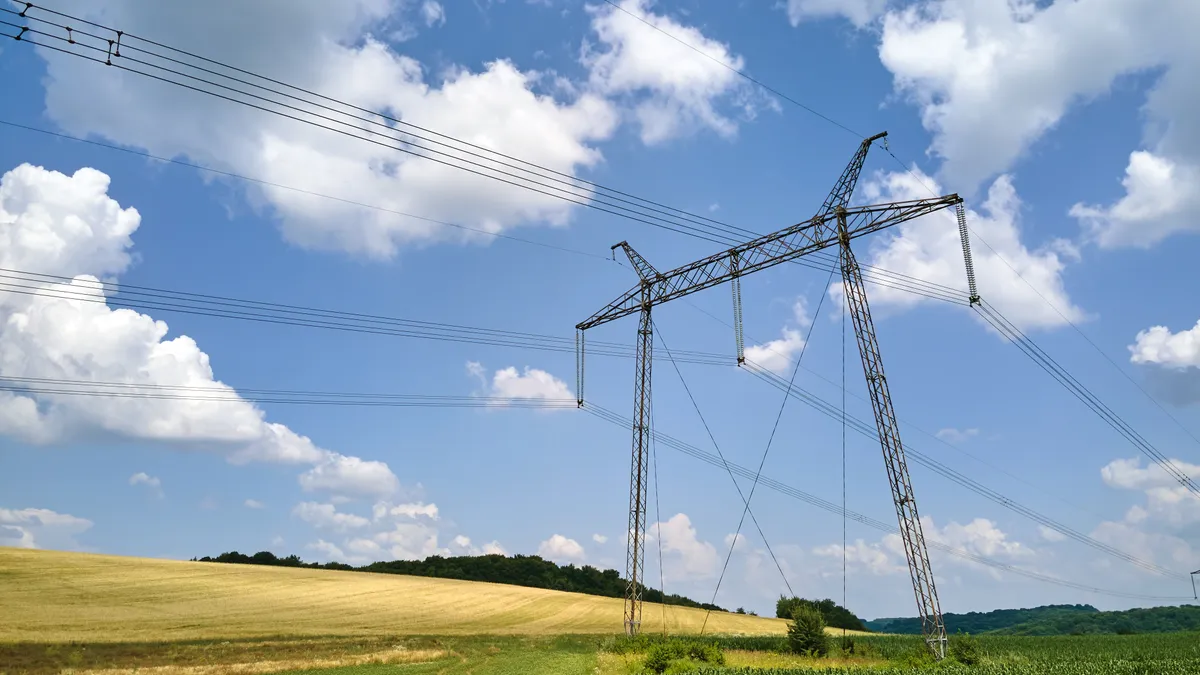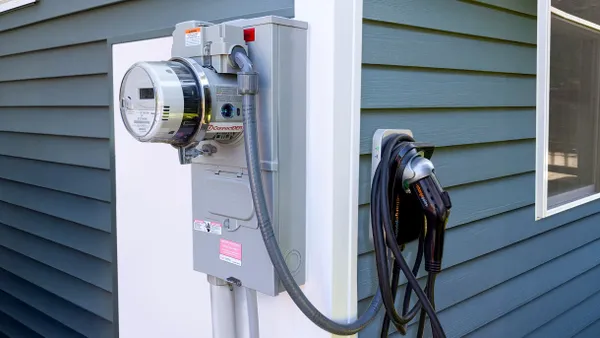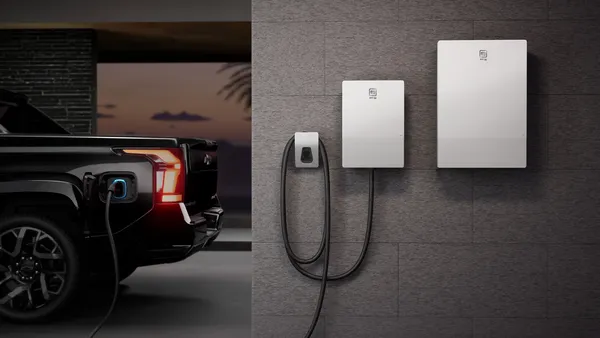Dive Brief:
- Moving to support the electrification of the transportation sector and to reduce greenhouse gas emissions, the federal government this week announced 55 routes that will serve as the basis for a national network of “alternative fuel” corridors spanning 35 states.
- The U.S. Department of Transportation’s Federal Highway Administration (FHWA) issued a request in July for states to nominate new fuel corridors. The network announced Wednesday is almost 85,000 miles long.
- Corridors where alternative fuel stations are already in operation will be eligible for new signs alerting drivers to refueling opportunities. The network will include fuel for electric, hydrogen, propane and natural gas vehicles.
Dive Insight:
As the United States looks ahead to environmental and emissions commitments, decarbonization of the transportation sector will play an essential role. Transportation is the largest greenhouse gas emitter in the country, outpacing the power sector for the first time this year. Because of that, cleaner transportation will play a huge role in helping the U.S. meet its pledge to cut greenhouse gas emissions by 80% or more by 2050. One way to clear a pathway for cleaner transportation is to set up corridors to help construct EV charging stations, according to the White House.
“Alternative fuels and electric vehicles will play an integral part in the future of America’s transportation system,” U.S. Transportation Secretary Anthony Foxx said in a statement. “We have a duty to help drivers identify routes that will help them refuel and recharge those vehicles and designating these corridors on our highways is a first step.”
According to new FHWA data, U.S. drivers consumed nearly 72 billion gallons of gasoline in the first half of 2016 and drove more than 3 trillion miles last year.
Signs that will designate alternative stations will be similar to existing signage for gas stations, food, and lodging. But despite the expansive first steps, some areas of the country are clearly underserved. A map of the transportation corridors from the Department of Transportation shows extensive networks on the West Coast and along the Northeast and Mid-Atlantic. Texas and Oklahoma also have large amounts of infrastructure.
None of the routes, however, pass through Montana, Wyoming, North and South Dakota, Alabama, Mississippi, New Mexico, Arizona and others.
ChargePoint CEO Pasquale Romano issued a statement calling the DOT's announcement a "big step" in efforts to make EV charging available across the country. "This initiative will help make sure that EV drivers can travel anywhere in the country," Romano said.
The announcement follows a July initiative launched by the federal government to make available up to $4.5 billion in loan guarantees and inviting applications to support the commercial-scale deployment of charging infrastructure.














